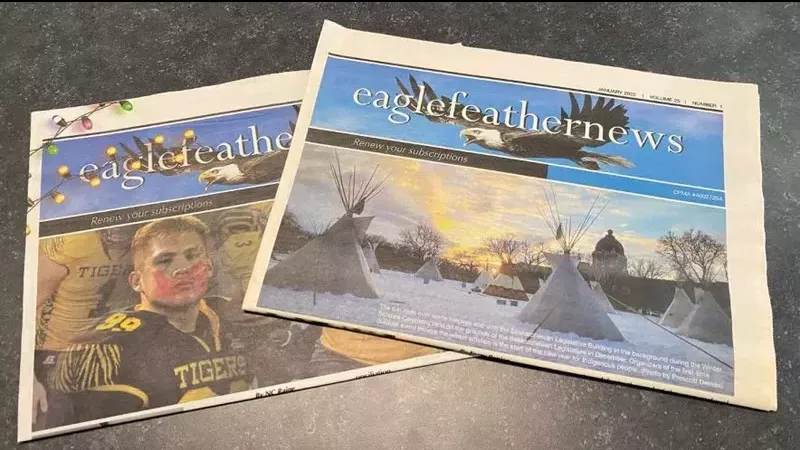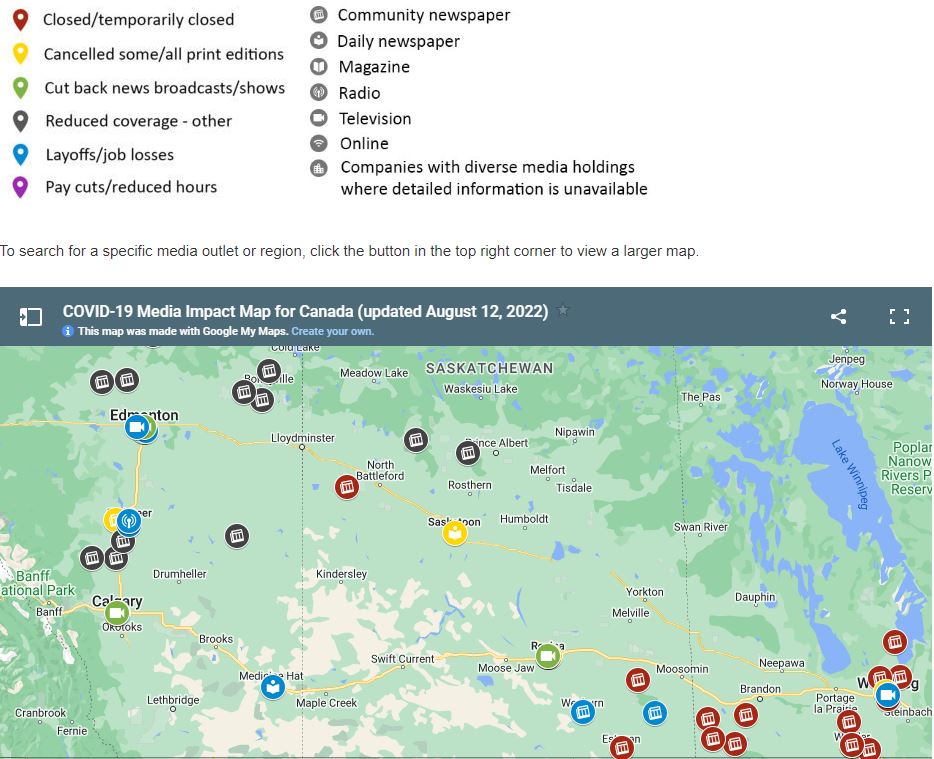
‘I’m really worried’: What will the future hold for Indigenous news media in Sask?
Imagine if a First Nations story could no longer be told and the voices were silenced with no certainty on whether or not they could ever be heard again.
While that may seem farfetched for many, especially in the age of digital information and social media, for some who still rely on newspapers in northern Saskatchewan, it’s becoming more of a reality.
Last week, Eagle Feather News, an Indigenous news publication based in Saskatoon announced it was going on hiatus after more than 27 years in print.
The newspaper is working on improving its online presence but, for the time being, its physical newspaper won’t be available.



